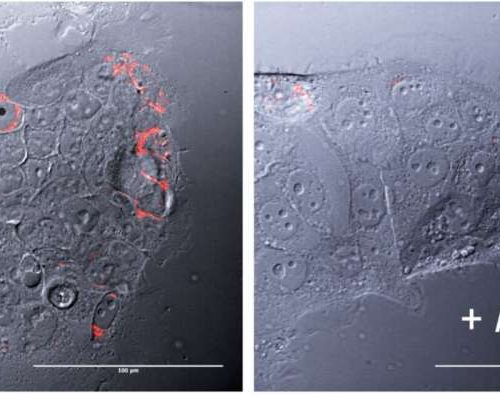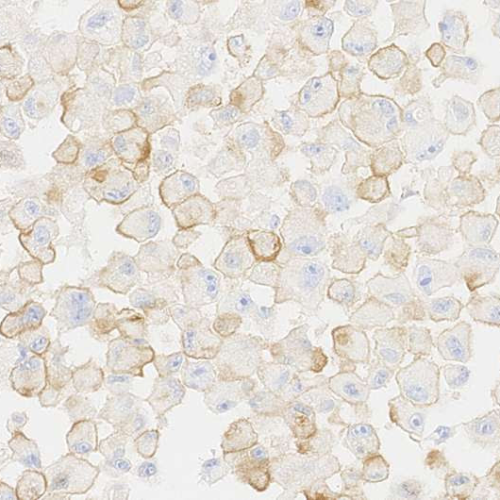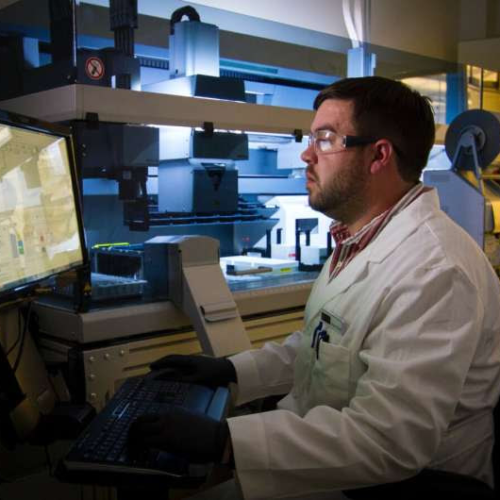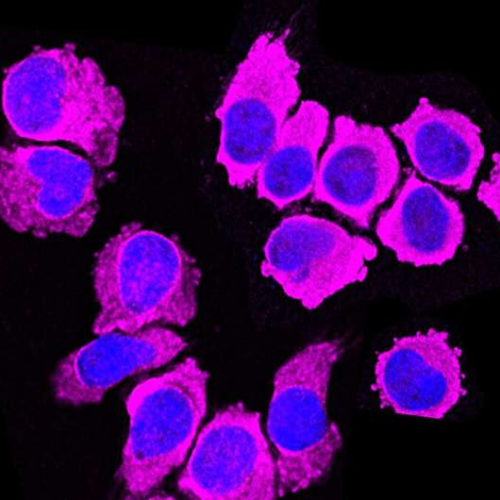by Center for Research in Biological Chemistry and Molecular Materials (CiQUS) Cancer stem cells, marked in red, disappear in the presence of the reference compound (Ru1). Credit: Center for Research in Biological Chemistry and Molecular Materials (CiQUS)Many cancer therapies, in addition to producing numerous side effects, fail to achieve complete tumor remission, partly due to...
Category: <span>Cancer</span>
Targeting treatment resistance in chronic lymphocytic leukemia
New study from Sylvester Cancer, collaborators shows anti-cancer compound goes beyond current BTK inhibitors Peer-Reviewed Publication UNIVERSITY OF MIAMI MILLER SCHOOL OF MEDICINE “THIS NEW COMPOUND NOT ONLY INHIBITS THE CELLULAR MOLECULE BTK, BUT GOES FURTHER BY TAKING AIM AT THE TARGET AND DESTROYING IT,” SAID Justin Taylor, M.D., SYLVESTER HEMATOLOGIST-RESEARCHER AND THE STUDY’S SENIOR...
Weight loss intervention in people with type 2 diabetes influences cancer-associated proteins
Peer-Reviewed Publication UNIVERSITY OF BRISTOL A weight loss intervention in people with type 2 diabetes was found to alter levels of cancer-related proteins, according to the findings of a new University of Bristol-led study. The study, published in eBioMedicine, is the first to show that weight loss in people recently diagnosed with diabetes can change...
MOLECULAR JACKHAMMERS RUPTURE CANCER CELLS
POSTED BY TEXAS A&M UNIVERSITY“From the medical point of view, when this technique is available, it will be beneficial and less expensive than methods such as photothermal therapy, photodynamics, radio-radiation, and chemotherapy,” says Jorge Seminario. A new technique could offer a much safer and more effective alternative to current cancer treatments. Just as jackhammers can...
Chemotherapy becomes more efficient when senescent cells are eliminated by immunotherapy, shows study
by Institute for Research in Biomedicine (IRB Barcelona) Senescent human melanoma tumor cells. In brown, the PD-L2 protein acts as a protective shield and prevents the action of the immune system. Credit: IRB BarcelonaCancer treatments, including chemotherapy, in addition to killing a large number of tumor cells, also result in the generation of senescent tumor cells...
Long-term follow up pinpoints side effects of treatments for prostate cancer patients
by Vanderbilt University Medical Center Credit: Unsplash/CC0 Public DomainA 10-year follow-up study of nearly 2,500 U.S. men who received prostate cancer treatment will help inform decision-making in terms of treatments and side effects for a diverse population. The CEASAR (Comparative Effectiveness Analysis of Surgery and Radiation for Localized Prostate Cancer) study, coordinated by Vanderbilt University Medical...
Researchers discover compound that fights leukemia and lymphoma
by University of Texas at El Paso Renato Aguilera, Ph.D., a professor in the Department of Biological Sciences at The University of Texas at El Paso, is the principal investigator on a project that identified a novel pharmaceutical compound that successfully kills leukemia and lymphoma cancer cells, potentially paving the way for new forms of therapy....
Research reveals an immune cell that can attack cancer
by Katie Neith, City of Hope National Medical Center Hope researchers discovered that ILC2s can attack cancer cells. Credit: City of HopeAccording to preclinical research published in Cell researchers at City of Hope have discovered that a type of immune cell in the human body known to be important for allergy and other immune responses can...
Clinical trial: New dual therapy could revolutionize treatment of urothelial and bladder cancers
by Georgia Gowing, Macquarie University Dr. Alison Zhang. Credit: Macquarie UniversityAn international clinical trial of a treatment for advanced urothelial cancer has found a new dual therapy can nearly double patients’ life expectancy. The new immunotherapy is a combination of two drugs—enfortumab vedotin (EV) and pembrolizumab—delivered by infusion, and it is now being submitted to regulatory...
Newly developed inhibitor shows potential for prostate cancer
by Albert Ludwigs University of Freiburg Identification of a bi-substrate inhibitor of KMT9. a Chemical structure of compound 1a with predicted binding mode. b MST assay to determine the dissociation constant (Kd) of compound 1a and SAM binding to KMT9. c FTSA for compound 1a binding to KMT9. d Chemical structure of SAM. e FTSA for...






